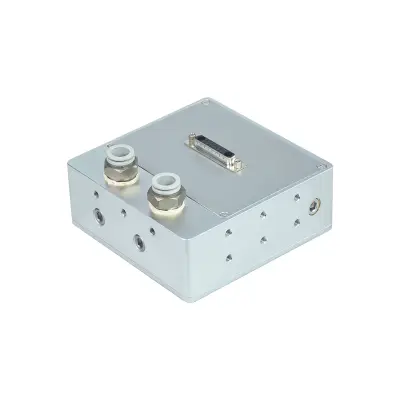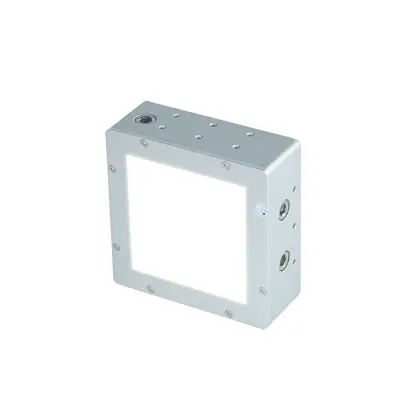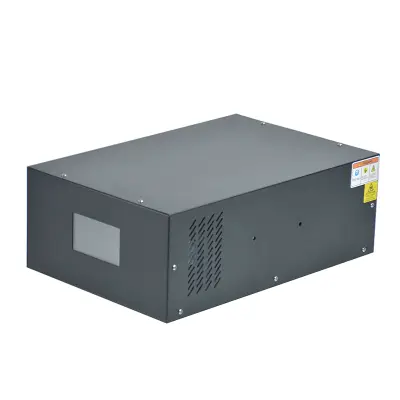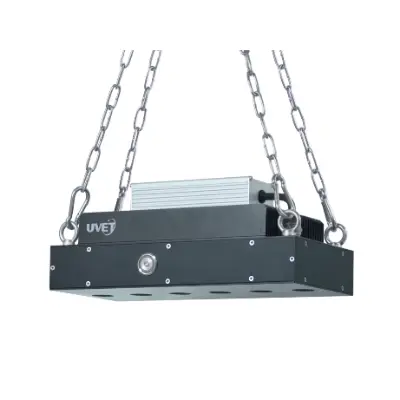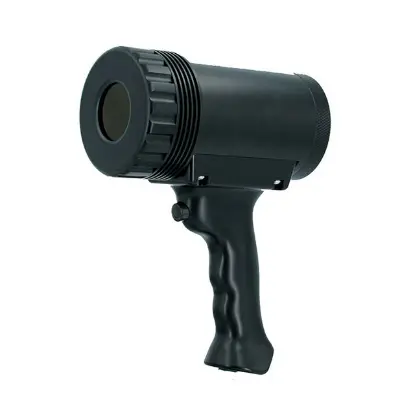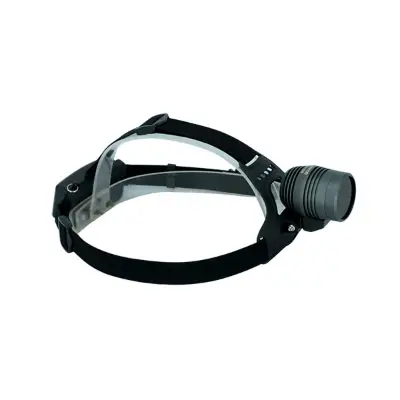UV LED Curing Light
- Model: UVSS-390V6
- Various Sizes
UVET’s UV LED Curing Light features a 90×90mm irradiation area and utilizes water cooling for enhanced thermal management and consistent performance. Available with optional fixed wavelengths of 365nm, 385nm, 395nm, and 405nm, this curing light is designed to meet the demands of high-precision applications. It is highly effective in electronics assembly, medical device manufacturing, optical bonding, and a range of optoelectronics industry processes, delivering reliable and uniform UV curing across larger surface areas.
Specifications
| Part No. UVSS-390V6 | Wavelength 365nm, Intensity 6W/cm2 |
| Part No. UVSE-390V6 | Wavelength 385nm, Intensity 8W/cm2 |
| Part No. UVSN-390V6 | Wavelength 395nm, Intensity 8W/cm2 |
| Part No. UVSZ-390V6 | Wavelength 405nm, Intensity 8W/cm2 |
| Irradiation Area | 90x90mm |
| Heat Dissipation | Water cooling |
-
Descriptions

The UV LED Curing Light is designed to deliver powerful and consistent UV curing over a wide surface area. With a generous 90mm × 90mm irradiation zone and selectable wavelengths of 365nm, 385nm, 395nm, and 405nm, it provides excellent flexibility for various industrial applications.
This system is particularly effective in sectors such as electronics, medical devices, optics, and optoelectronics, where accurate and reliable curing is essential. It supports the fast and uniform curing of adhesives, coatings, and resins, helping improve production quality and efficiency across multiple workflows.
Engineered for durability and performance, the UV LED Curing Light can be used as a standalone device or integrated seamlessly into automated manufacturing systems. Its water-cooled architecture ensures thermal stability during extended use, making it a dependable option for continuous operations.
Features
- Putting it into practice is easy and useful for several situations: Supports flexible deployment across workstations or assembly lines
- Water-cooled system: Maintains temperature control for stable, long-duration curing
- Simple to use: Fast setup with minimal training required
- It can work independently or with other automated systems: Designed for easy integration and operational adaptability
Why Choose the UV LED Curing Light?
The UV LED Curing Light offers an effective solution for curing tasks that require both large-area coverage and fine control. Its 90mm × 90mm beam area allows for more efficient treatment of broad surfaces, which reduces cycle times and increases output without compromising precision.
The system’s multiple wavelength options ensure compatibility with a wide range of materials. Whether you're working with high-clarity adhesives, pigmented resins, or specialty coatings, the available wavelengths can be selected to match the specific absorption characteristics of the material, resulting in reliable, thorough curing.
Unlike conventional UV systems, this unit uses advanced LED technology that delivers instant on/off control. This not only eliminates warm-up time but also contributes to lower energy use. Additionally, the low heat output protects heat-sensitive components, helping ensure product safety and quality.
What Makes It Unique?
- Used in a range of industries: Performs reliably in electronics, medical, optical, and optoelectronic applications
- Large irradiation area (90mm × 90mm): Enables wide-surface curing for faster production
- Various applications covered by the wavelengths provided (365nm, 385nm, 395nm, 405nm): Suitable for diverse UV-curable materials
- What makes LED special: Instant activation, energy efficiency, and low-temperature operation
The UV LED Curing Light is built for continuous use and minimal maintenance. Its efficient design, compact structure, and integration flexibility make it a valuable addition to both small-scale workstations and large automated production systems.
Whether you need to upgrade your current process or implement a new curing solution, this system offers the accuracy, speed, and reliability to meet your production goals.
-
FAQs

Q1: What is a UV LED Curing Light used for?
A: A UV LED Curing Light is used to rapidly cure UV-sensitive adhesives, inks, and coatings in industries such as electronics, automotive, medical devices, and printing.Q2: What are the benefits of using a UV LED Curing Light over traditional UV lamps?
A: It provides energy efficiency, low heat output, instant on/off operation, long service life, and is mercury-free for safer and more sustainable use.Q3: What wavelengths are available for the UV LED Curing Light?
A: Typical wavelengths include 365 nm, 385 nm, 395 nm, and 405 nm, chosen based on compatibility with specific UV-curable materials.Q4: Can the UV LED Curing Light be integrated into automated production lines?
A: Yes, it supports integration with automation systems through I/O interfaces, PLC control, and programmable curing parameters for high-throughput workflows.Q5: What type of maintenance is required for the UV LED Curing Light?
A: Routine maintenance involves cleaning the optical lens, checking cooling systems, and monitoring output intensity to ensure consistent curing performance.
